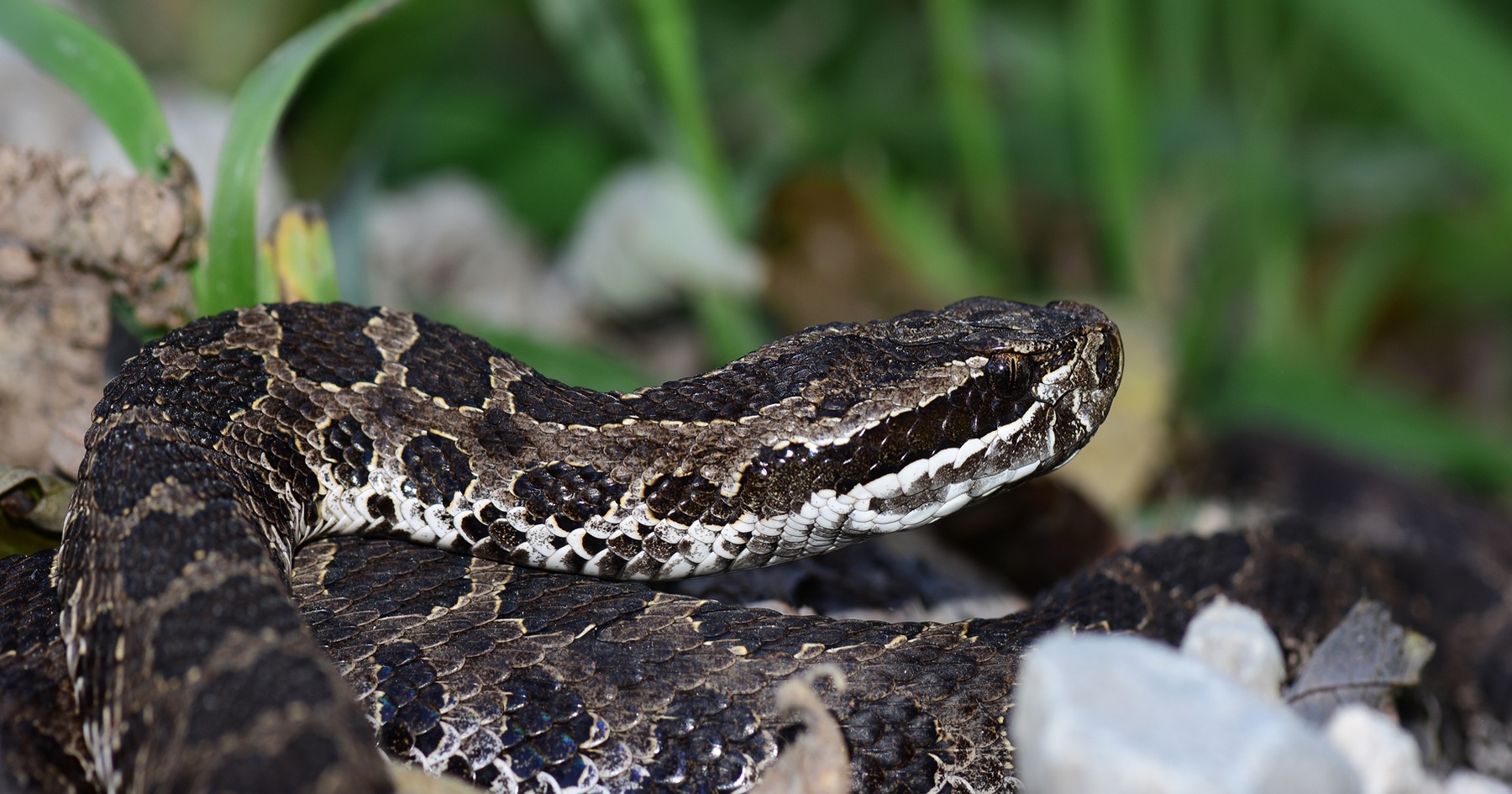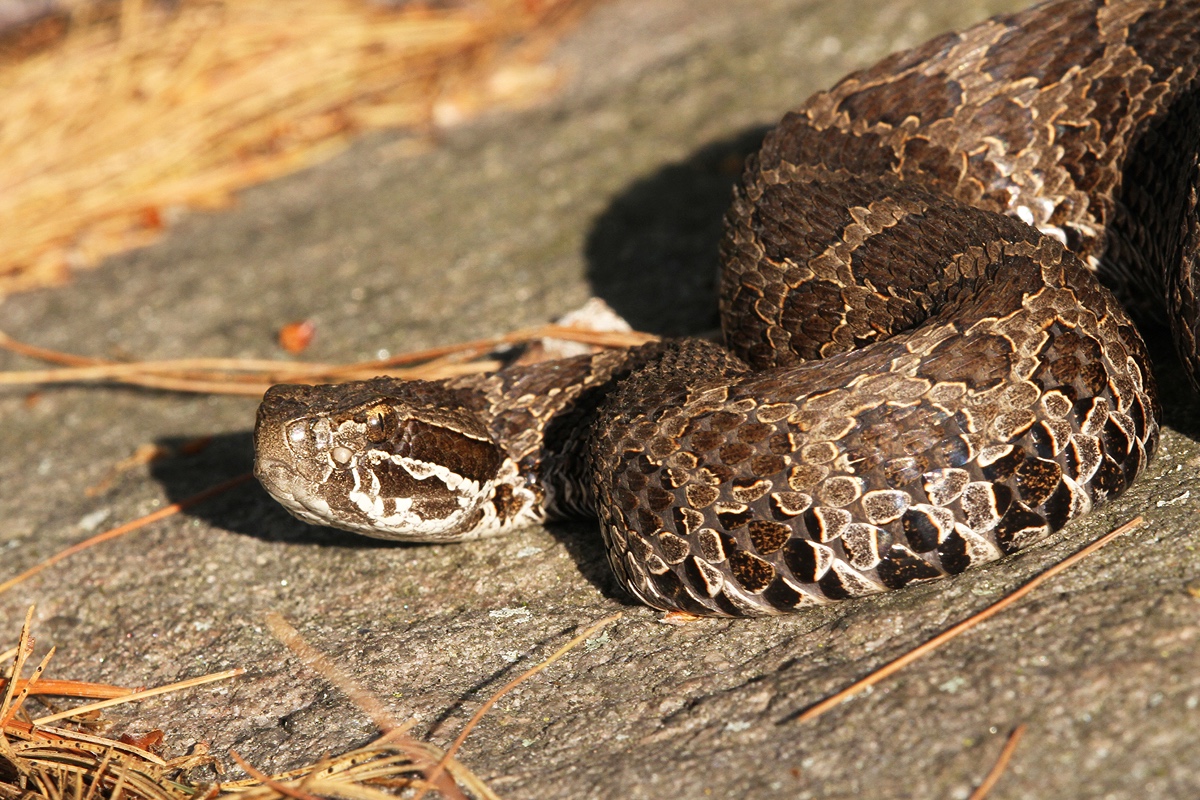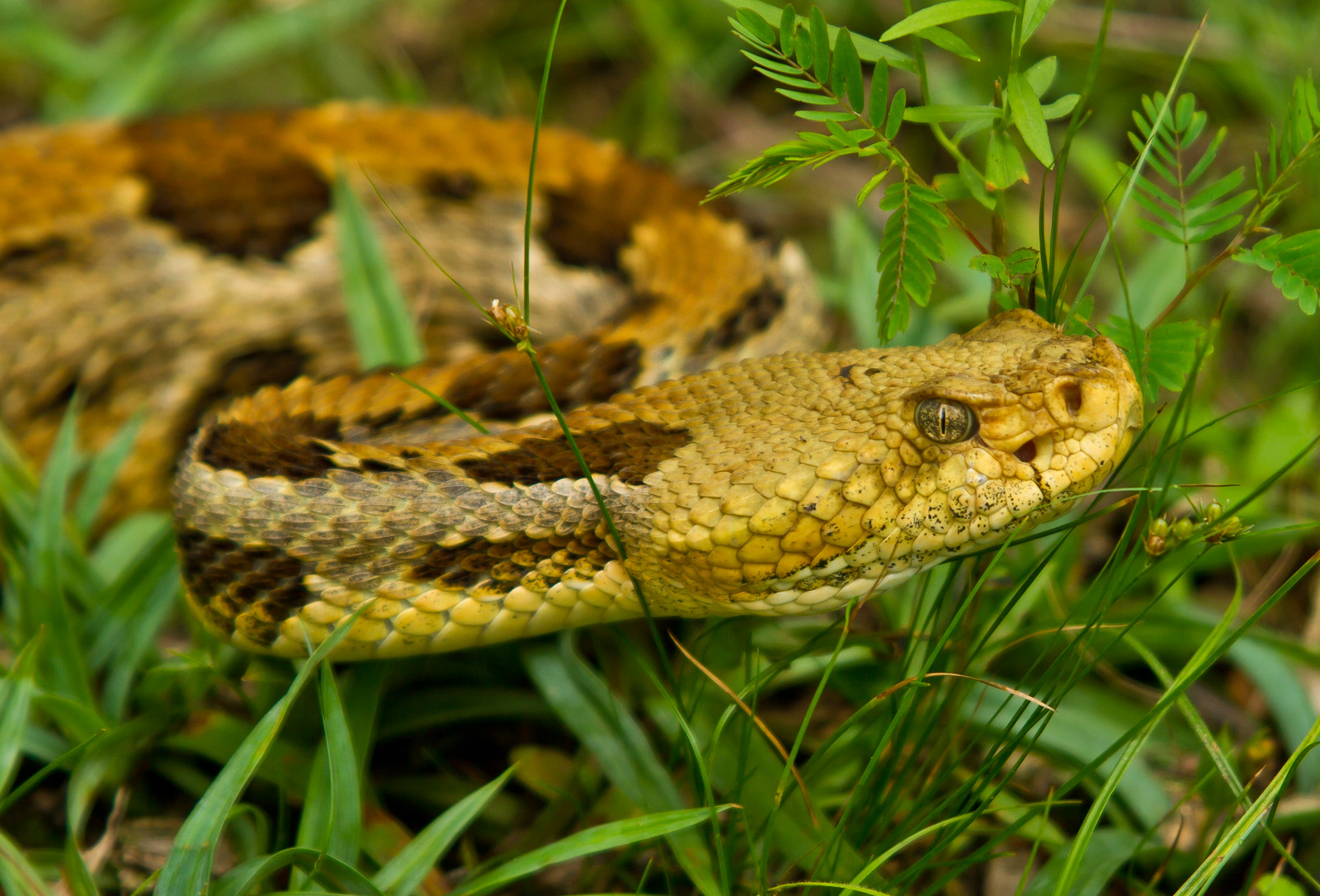Indiana is home to a variety of wildlife, including four species of venomous snakes. While these snakes are quite rare, it is important to be aware of their presence and to give them plenty of space if you do encounter them.
In this article, we will focus on the two types of rattlesnakes found in Indiana, the Eastern Massasauga and the Timber Rattlesnake. We will provide you with an identification guide for each species, as well as some information about their habitat and behavior.
You are reading: Discover The 2 Types Of Rattlesnakes In Indiana
By the end of this article, you will have a better understanding of these fascinating creatures and how to safely coexist with them in their natural habitat.

2 Types Of Rattlesnakes In Indiana
Eastern Massasauga

The Eastern Massasauga is a small to medium-sized rattlesnake that is native to Indiana. It is a rare species and populations are limited to the northern half of the state. The Eastern Massasauga is listed as an endangered species in Indiana and is Federally threatened.
The general appearance of the Eastern Massasauga can vary, with some individuals having brown blotches on a gray background and others being almost completely black in color. The presence of a rattle on the end of the tail distinguishes it from all other snakes in its Indiana range.
Read more : 10 Types Of Old World Monkeys
The Eastern Massasauga is a pit viper, and it has heat-sensitive pits between the eyes and the nostrils that are unique to this group of snakes. The Eastern Massasauga can remain undetected with the help of its cryptic patterns and coloration, even at close range.
The season of activity for the Eastern Massasauga in Indiana is relatively long, with individuals being reported as early as April and as late as November.
Eastern Massasaugas are unusual among rattlesnakes in that they rely heavily on wetland habitats. They are found in grassy fens, wetlands, and remnant wet prairies of northern Indiana.
Eastern Massasaugas are unlikely to be encountered outside of the few remaining fens and wetlands in northern Indiana where they persist.
Timber Rattlesnake

The Timber Rattlesnake, also known as the Canebrake Rattlesnake or Banded Rattlesnake, is a species of pit viper that is native to eastern North America. Like all other pit vipers, it is venomous, with a very toxic bite.
The Timber Rattlesnake is the only rattlesnake species in most of the populous Northeastern United States and is second only to its relatives to the west, the prairie rattlesnake, as the most northerly distributed venomous snake in North America.
Read more : Top 10 Worlds Largest Dinosaurs Ever
Timber Rattlesnakes are known to use fallen logs as a waiting site for prey to pass by, giving them an elevated perch from which to effectively strike their prey, which is almost entirely terrestrial rather than arboreal (even arboreal prey such as squirrels tend to be caught when they come to the ground).
Here are some more details about the Timber Rattlesnake:
Description
– Timber Rattlesnakes have a large, heavy-bodied appearance, with adults typically reaching lengths of 2.5-5 feet (.76-1.5 meters), but there are reports of Timber Rattlesnakes growing up to 7 feet (2 meters) long.
– They have a distinctive pattern of dark brown or black bands on a lighter background, and a rattle on the end of their tail.
– Timber Rattlesnakes have paired temperature-sensitive openings, or loreal pits situated below and in between the eye and nostril. The purpose of this sensory organ is to detect prey and potential predators.
Habitat
– Timber Rattlesnakes have a wide distribution across the eastern half of the United States, from eastern Kansas, Texas, Iowa, and central Wisconsin to Georgia, the Carolinas, West Virginia, western Virginia, Pennsylvania, and New England.
– They can be found as far north as New York and as far south as northern Florida.
– Timber Rattlesnakes live in a variety of habitats, including mountainous or hilly forests, hardwood or pine forests, swamps and river floodplains, lowland cane thickets, and agricultural fields.
– Generally, those found in the western and higher altitude parts of its range are called Timber Rattlers. Those found in lower elevation areas, such as the Piedmont, are called Canebrake Rattlesnakes.
Behavior
– Timber Rattlesnakes become active above ground by late spring and can be seen periodically until the onset of cold weather in late fall.
– They are more docile than other members of their family and are more likely to stay coiled or stretched out, motionless when encountered in the wild.
– Timber Rattlesnakes are not aggressive and will usually try to avoid humans if given the opportunity.
– They hibernate during cold weather, with Timber Rattlers congregating in dens in mountainous areas and Canebrake Rattlesnakes often overwintering alone in stump holes or beneath ground cover..
FAQS
1. Are rattlesnakes common in Indiana?
No, rattlesnakes are quite rare in Indiana. There are only two types of rattlesnakes found in the state, the Eastern Massasauga and the Timber Rattlesnake.
2. Are rattlesnakes dangerous?
Yes, both the Eastern Massasauga and the Timber Rattlesnake are venomous and have a very toxic bite. However, they are not aggressive and will usually try to avoid humans if given the opportunity.
3. What should I do if I encounter a rattlesnake?
If you encounter a rattlesnake, give it plenty of space and do not attempt to handle or approach it. Rattlesnakes will usually try to avoid humans if given the opportunity, so simply move away slowly and give the snake a wide berth.
4. Where can I find rattlesnakes in Indiana?
The Eastern Massasauga is limited to the northern half of the state and is found in grassy fens, wetlands, and remnant wet prairies. The Timber Rattlesnake can be found in southern Indiana in a variety of habitats, including mountainous or hilly forests, hardwood or pine forests, swamps and river floodplains, lowland cane thickets, and agricultural fields.
5. What do rattlesnakes look like?
The Eastern Massasauga is a small to medium-sized rattlesnake with brown blotches on a gray background or almost completely black in color. The Timber Rattlesnake has a distinctive pattern of dark brown or black bands on a lighter background and a rattle on the end of its tail.
6. Are rattlesnakes protected in Indiana?
Yes, both the Eastern Massasauga and the Timber Rattlesnake are protected in Indiana. The Eastern Massasauga is listed as an endangered species in Indiana and is Federally threatened. The Timber Rattlesnake is listed as a species of special concern in Indiana.
Source: https://petstutorial.com
Category: Animals










